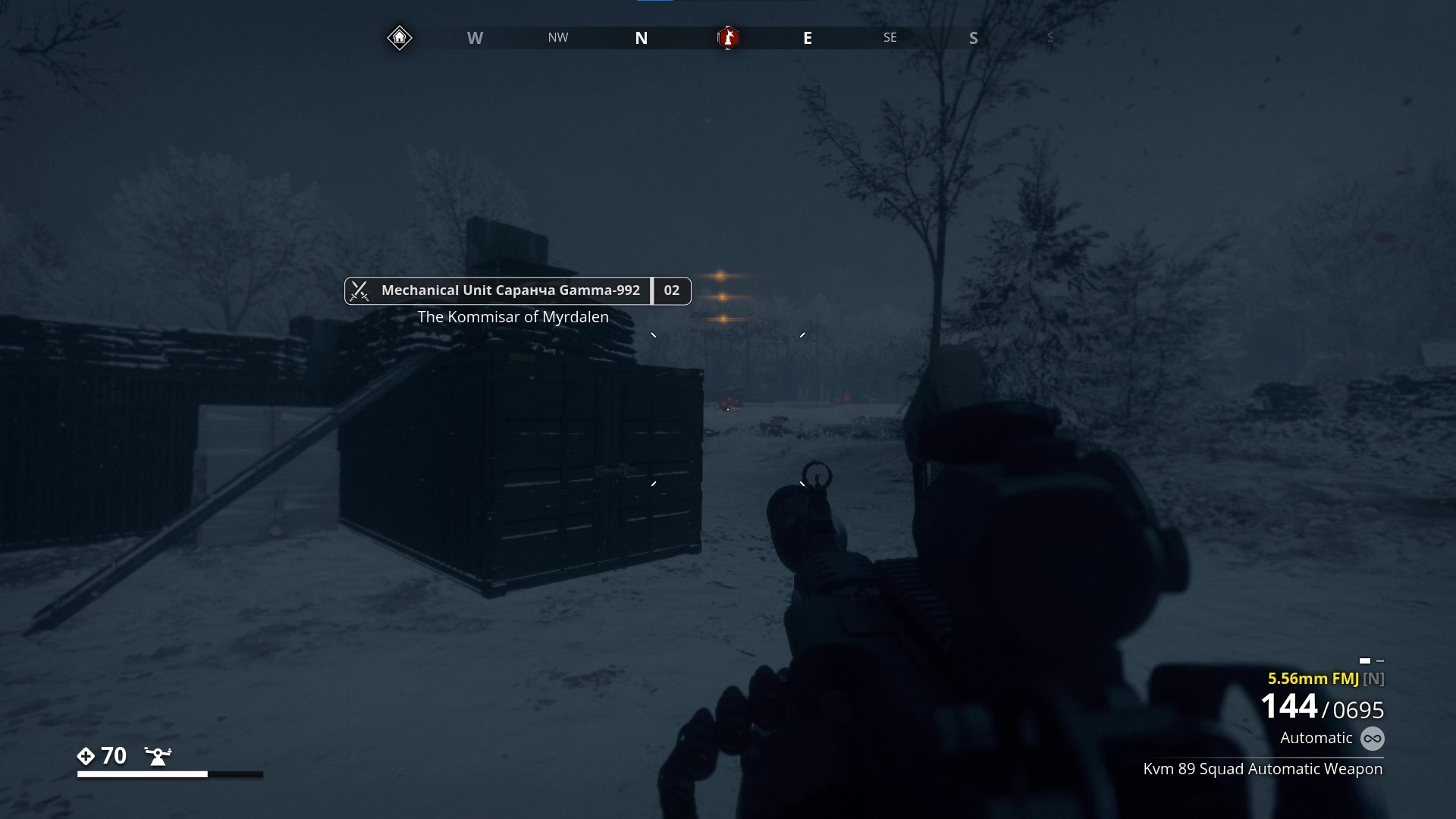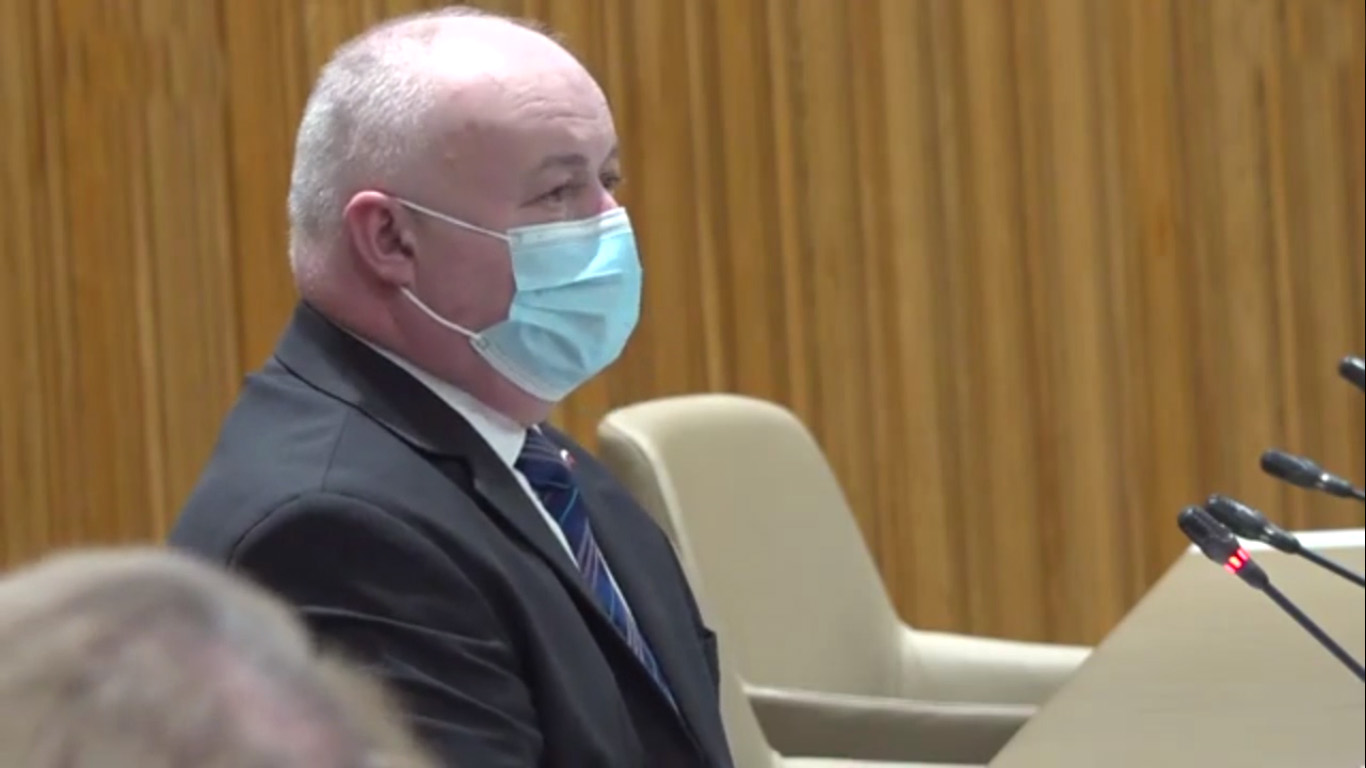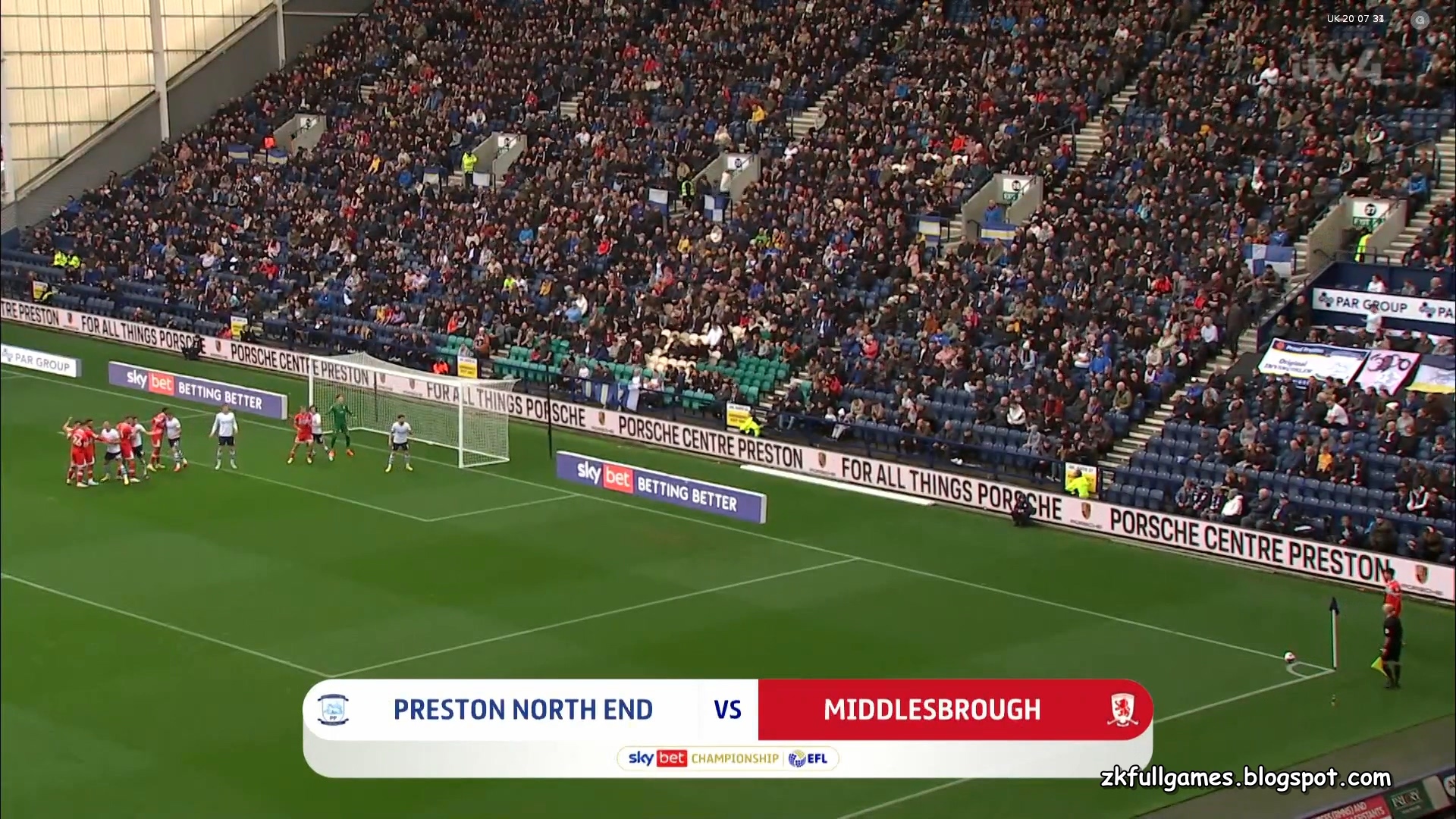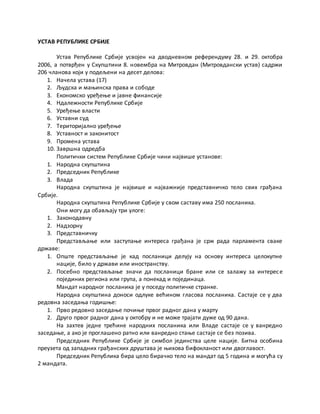Unexpected Summer Storm: Hailstones Batter Pools And Lawns

Table of Contents
Assessing Hail Damage to Your Pool
Hailstones, even small ones, can inflict considerable damage on your swimming pool. The impact force can crack surfaces, damage equipment, and contaminate the water. Prompt assessment and action are crucial to minimize long-term problems and costs.
Pool Surface Damage:
Hailstones can cause a range of damage to pool surfaces, from small chips and scratches to larger, unsightly cracks. The severity depends on the size and impact force of the hailstones, and the type of pool surface.
- Inspect for cracks in plaster, fiberglass, or tile. Pay close attention to areas around steps and coping stones, which are particularly vulnerable.
- Look for discoloration or pitting. These signs often indicate minor damage, but they can still affect the pool's aesthetic appeal.
- Check for leaks around the pool equipment. Hail can dislodge pipes or damage seals, leading to water leakage.
- Photograph all damage for insurance purposes. Detailed photographic evidence is essential for filing an insurance claim.
Different pool surfaces react differently to hail damage:
- Gunite pools: These concrete pools are relatively durable but can still suffer cracks and pitting from large hailstones.
- Fiberglass pools: Generally more resistant to hail damage than gunite, but significant impacts can still cause cracks or delamination.
- Vinyl liner pools: While the liner itself is relatively flexible, a heavy hailstorm can cause punctures or tears, especially if the liner is older or already weakened.
Severity levels of damage can be categorized as:
- Minor: Small chips, scratches, and superficial discoloration.
- Moderate: Larger cracks, significant pitting, and some discoloration.
- Severe: Extensive cracking, structural damage, and potential leaks.
Equipment Damage:
Hail can severely damage vital pool equipment, leading to costly repairs and potential downtime.
- Check all equipment for dents, cracks, or malfunctions. This includes the pump, filter, heater, and automatic cleaner.
- Ensure all electrical connections are safe and dry before restarting equipment. Never operate electrical equipment if it's wet or damaged.
- Document any damage with photos. This documentation is vital for insurance claims and for tracking repairs.
Potential damage to specific equipment includes:
- Pump impeller damage: Hailstones can damage the impeller blades, reducing pump efficiency or causing complete failure.
- Filter housing cracks: Cracks in the filter housing can lead to leaks and reduced filtration efficiency.
- Heater damage: Hailstones can dent or crack the heater casing, potentially affecting its functionality.
Water Contamination:
Hailstorms can introduce debris and contaminants into your pool water, requiring immediate attention to avoid health issues and maintain water clarity.
- Test the water immediately after the storm for pH, alkalinity, and chlorine levels. These parameters can be significantly affected by the storm.
- Remove any visible debris (leaves, branches, hail). Use a pool net or leaf rake to remove large debris.
- Consider shocking the pool to kill any bacteria introduced by the storm. A proper shock treatment will sanitize the water and restore its clarity.
Maintaining proper water chemistry is crucial after a hailstorm. Ensure your chlorine levels are sufficient to combat any introduced bacteria. Regular testing and adjustment are essential to keeping your pool water clean and safe. Follow instructions carefully when shocking your pool, as improper shocking can damage pool components.
Assessing Hail Damage to Your Lawn
Hail damage to your lawn can range from minor bruising to complete destruction of grass blades, leaving your once-lush lawn looking brown and patchy. Assessing the extent of the damage will determine the necessary repair steps.
Lawn Bruising and Damage:
The impact of hailstones can bruise grass blades, leaving them temporarily brown or discolored. More severe impacts can completely destroy the grass blades.
- Assess the extent of damage—is it just bruising or are plants completely destroyed? Observe the affected areas closely.
- Check for broken stems and leaves. This indicates more severe damage.
- Take photos to document the damage. This is important for insurance claims and for tracking recovery progress.
Identifying different levels of lawn damage from hail:
- Mild bruising: Grass blades appear brown but bounce back after a few days.
- Moderate damage: Many grass blades are broken or severely damaged.
- Severe damage: Most grass blades are destroyed, requiring reseeding or resodding.
Several factors influence lawn recovery:
- Grass type: Some grass types are more resilient to hail damage than others.
- Soil conditions: Well-drained soil promotes faster recovery.
- Amount of damage: The extent of damage dictates the necessary repair work.
Landscape Damage:
Hailstorms don't just affect the grass; they can also damage trees, shrubs, and flowers.
- Inspect plants for broken branches, damaged leaves, or hail scarring. Check the entire landscape for damage.
- Prune damaged branches carefully. Remove broken or severely damaged branches to prevent disease and promote healing.
- Consider providing support to damaged plants. Use stakes to support plants with broken stems.
Caring for damaged plants:
- Water deeply and regularly. This helps plants recover from hail damage.
- Fertilize as needed. This boosts the plants' ability to regenerate.
- Protect plants from further damage. Consider using protective netting if another hailstorm is expected.
Repairing Hail-Damaged Lawns:
Repairing hail-damaged lawns depends on the severity of the damage.
- For minor bruising, simply wait for the grass to recover. The grass will likely rebound within a few weeks.
- For significant damage, overseeding or re-sodding may be necessary. Overseeding involves scattering grass seeds over the damaged area. Resodding involves replacing the damaged turf with new sod.
- Water deeply and regularly. Adequate watering is crucial for grass seed germination and growth.
Overseeding and re-sodding:
- Overseeding: Choose a grass seed mix appropriate for your climate and soil type. Follow the seeding rate recommendations on the seed package.
- Resodding: Ensure the sod is properly installed to achieve the best results. Water the sod thoroughly after installation.
Choosing the right grass seed: Consider factors like sun exposure, soil type, and desired grass characteristics when selecting grass seed.
Conclusion
Unexpected summer storms, particularly those with hail, can cause significant damage to your pool and lawn. By carefully assessing the damage and following the appropriate repair steps, you can minimize the long-term effects. Remember to document all damage with photos for insurance purposes. Taking proactive steps to protect your pool and lawn after an unexpected summer storm will ensure they quickly recover and remain beautiful for years to come. Contact a professional for severe hail damage to your pool and lawn. Don't wait – address the hail damage to your property promptly!

Featured Posts
-
 Lily Collins Stars In Calvin Kleins New Campaign See Photo 5133601
May 12, 2025
Lily Collins Stars In Calvin Kleins New Campaign See Photo 5133601
May 12, 2025 -
 Apples Actions Unintentional Support For Google
May 12, 2025
Apples Actions Unintentional Support For Google
May 12, 2025 -
 Wbc Final Eliminator Cissokho Meets Kavaliauskas
May 12, 2025
Wbc Final Eliminator Cissokho Meets Kavaliauskas
May 12, 2025 -
 Viyna V Ukrayini Dzhonson Zasudzhuye Mirnu Initsiativu Trampa
May 12, 2025
Viyna V Ukrayini Dzhonson Zasudzhuye Mirnu Initsiativu Trampa
May 12, 2025 -
 Bayern Muenchen Celebrand Cariera Lui Thomas Mueller
May 12, 2025
Bayern Muenchen Celebrand Cariera Lui Thomas Mueller
May 12, 2025
Latest Posts
-
 Javna Obravnava Predloga Novele Zakona O Romski Skupnosti Analiza Predlogov
May 13, 2025
Javna Obravnava Predloga Novele Zakona O Romski Skupnosti Analiza Predlogov
May 13, 2025 -
 Top Efl Highlights Goals Saves And More
May 13, 2025
Top Efl Highlights Goals Saves And More
May 13, 2025 -
 Efl Highlights A Comprehensive Review Of League Matches
May 13, 2025
Efl Highlights A Comprehensive Review Of League Matches
May 13, 2025 -
 Persipura Butuh Kamu Seruan Kakanwil Papua Untuk Masyarakat Papua
May 13, 2025
Persipura Butuh Kamu Seruan Kakanwil Papua Untuk Masyarakat Papua
May 13, 2025 -
 Zashtita Prava Roma Uni A Roma Srbi E Poziva Na Prestanak Diskriminatsi E
May 13, 2025
Zashtita Prava Roma Uni A Roma Srbi E Poziva Na Prestanak Diskriminatsi E
May 13, 2025
